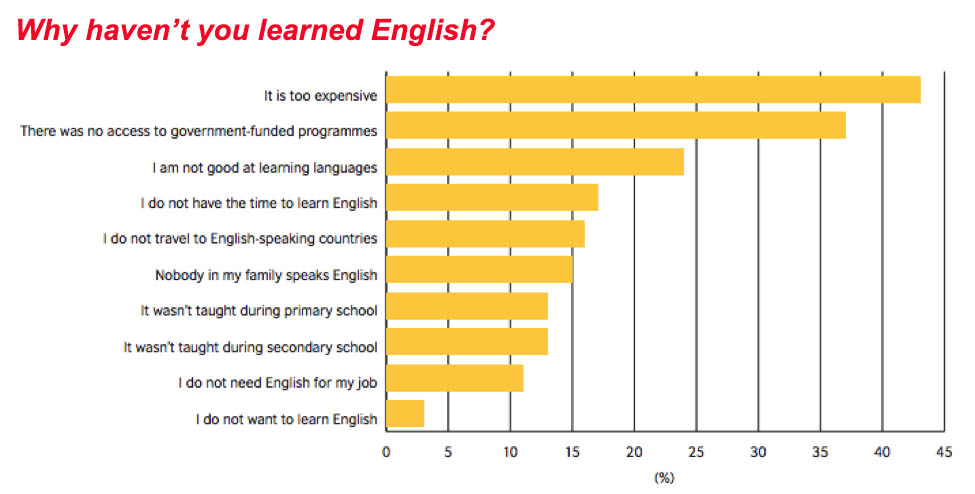What a summer it has been! No one could have imagined the dramatic and troubling international events that are now having an impact on our international student recruiting plans.
- Turkey: A coup attempt and university closings
- UK: Brexit (need we say more?)
- Vietnam: Regulatory changes to how agencies operate
- Canada & US: Regulatory changes to conditional admissions requirements
- Brazil: Significant currency fluctuations
And that's not all! Our point: International students' motivations and plans to study in one location or another are certainly changing. Domestically, fewer US students will be choosing the for profit college option (ITT we're looking at you).
Bottom line: We have a whole host of international student recruiting trends to write about this fall and beyond.
Our goal now, and always, is to keep you informed and competitive as you make some tough decisions about where the most valuable student recruiting sources are. You have a limited recruitment budget, let's help you spend it wisely. [read on...]
Read More










